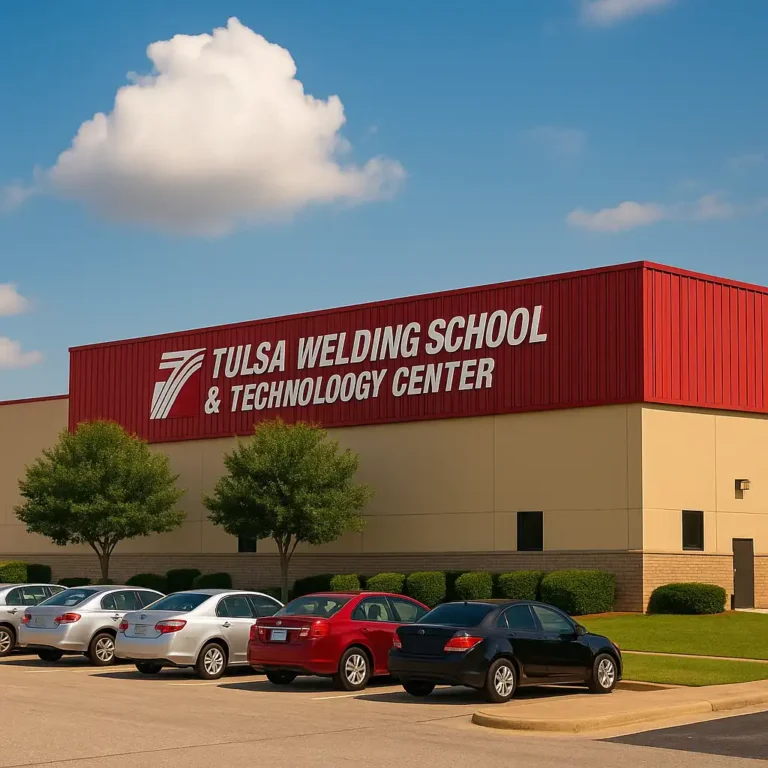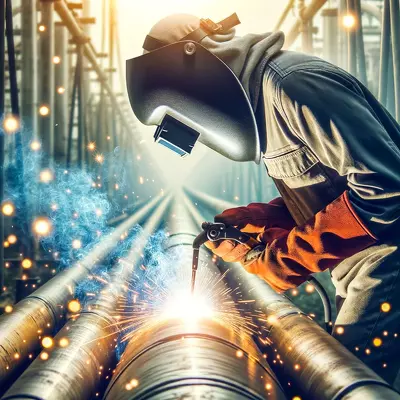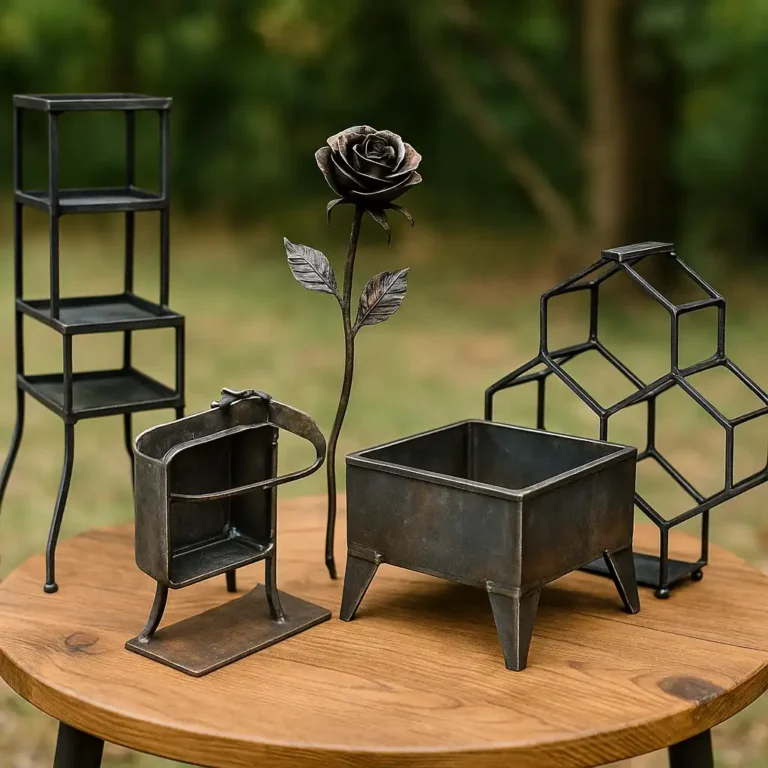Different Types of Welding Jobs and Salary Potential

Disclosure: This post contains affiliate links. As an Amazon Associate, I earn from qualifying purchases—at no extra cost to you.
Welding isn’t just a trade—it’s a passport to work on some of the world’s most ambitious infrastructure projects, aerospace innovations, and even high-seas oil rigs. From skyscrapers to submarines, welders quite literally hold the world together. But here’s the question that gets sparks flying: What kind of welding jobs are out there, and more importantly, how much do they pay?
Let’s break it all down so you can choose a career path that doesn’t just ignite your passion but also fuels your financial goals.
Understanding Welding Job Categories
Welding is a broad field with different roles suited to varying skill levels, environments, and equipment. Here are some of the most common and lucrative job types in the welding world:
Structural Welder
These welders work on buildings, bridges, ships, and other large-scale steel structures. Their job often involves high-stakes projects that require precision and safety.
Average Salary: $40,000–$65,000 annually
Best For: Welders who are comfortable working at heights and in physically demanding settings.
Pipe Welder
Pipe welders work in industries such as oil and gas, water supply, and power plants. They need to master different welding positions, especially 6G.
Average Salary: $60,000–$100,000 annually
Best For: Skilled welders seeking challenging, high-paying jobs—often involving travel or remote work.
Underwater Welder
Combining scuba diving with welding is one of the most specialized (and dangerous) jobs in the trade.
Average Salary: $100,000–$200,000+ annually
Best For: Highly trained divers with welding certifications. Experience and physical fitness are a must.
Aerospace Welder
Welders in the aerospace industry fabricate or repair aircraft parts, spacecraft, and satellites using extremely precise welding methods.
Average Salary: $50,000–$90,000 annually
Best For: Detail-oriented welders who thrive in clean, controlled environments.
Automotive Welder
Working in factories or repair shops, automotive welders handle car frames, exhaust systems, and bodywork.
Average Salary: $35,000–$55,000 annually
Best For: Those who love working with cars and prefer predictable shop environments.
Fabrication Welder
Fabrication welders build metal components and assemblies from blueprints. Their work requires technical skills and creative problem-solving.
Average Salary: $40,000–$60,000 annually
Best For: Welders who enjoy shaping and crafting from scratch.
Welding Inspector
After years in the field, some welders pivot to quality control and inspection. This role ensures safety and compliance across welding projects.
Average Salary: $60,000–$90,000 annually
Best For: Experienced welders who want to move into leadership or quality assurance.
Certifications and Experience Matter
Your salary in welding isn’t just about the job title—it’s about credentials and consistency. Certifications from the American Welding Society (AWS) or specific position qualifications (like 6G or underwater certifications) can open doors to higher-paying roles. Likewise, years of experience and a clean safety record will keep you in high demand.
Geographic Location Plays a Role
Welding salaries also fluctuate based on where you work. States with major industrial hubs—like Texas, Alaska, or North Dakota—tend to offer higher wages due to demand. Offshore or remote gigs often come with hazard pay or extended contracts with bonuses.
Conclusion: Choose the Path That Fits Your Flame
The world of welding is wide, and your earning potential depends on how far you’re willing to go—literally and figuratively. Whether you’re aiming for the high-pressure world of pipe welding, the deep dives of underwater work, or the clean lines of aerospace fabrication, there’s a role for every skill set.
Start with what you enjoy, sharpen your skills, and watch your income climb as you specialize. The sparks of hard work can definitely forge a brighter future in welding.






